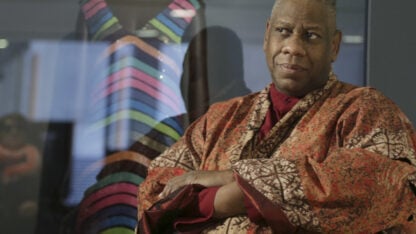The challenge of promoting European culture to Americans, ironically, gave birth to what is considered a quintessentially American field — public relations.
That’s the topic of our fourth episode of “Culture Crash” with Flying Carpet Theatre Company director Adam Koplan.
Sigmund Freud’s nephew, Edward Bernays, was known as the “Father of Public Relations.” He was a child of Viennese Jewish immigrants, and these are a few of his biggest innovations:
- He was the first person to provide a typed list of talking points for newspapers.
- He also was the first person to formally link film celebrities to products in an orchestrated way.
- He would engineer events, editorials, marches or major parties to create an impression.
Two of his biggest challenges was to change the way Americans perceived ballet and opera in the late 19th, early 20th centuries. He was the PR agent for Sergei Diaghilev and the Ballets Russes, along with opera singer Enrico Caruso.
“Right after he [Bernays] worked for the Ballets Russes, and did it spectacularly and successfully, he gets the job for being the press man for Enrico Caruso,” Koplan said. “He was a huge star in Europe, but wasn’t that scale of celebrity in the U.S. What does Bernays do? Similar strategy with prewritten articles, but one of the ways he pushes Caruso is that he has this insight that celebrity culture sort of feeds on itself. If you treat someone like a celebrity, you write about them like a celebrity, you enhance all of their celebrity characteristics. Then, the public is completely wowed by it. He took things and behaviors that seemed to him to be very extravagant or things that only a diva celebrity would do, and rather than look at those as quirky liabilities, he decided he would feature those in the press around Caruso.”










